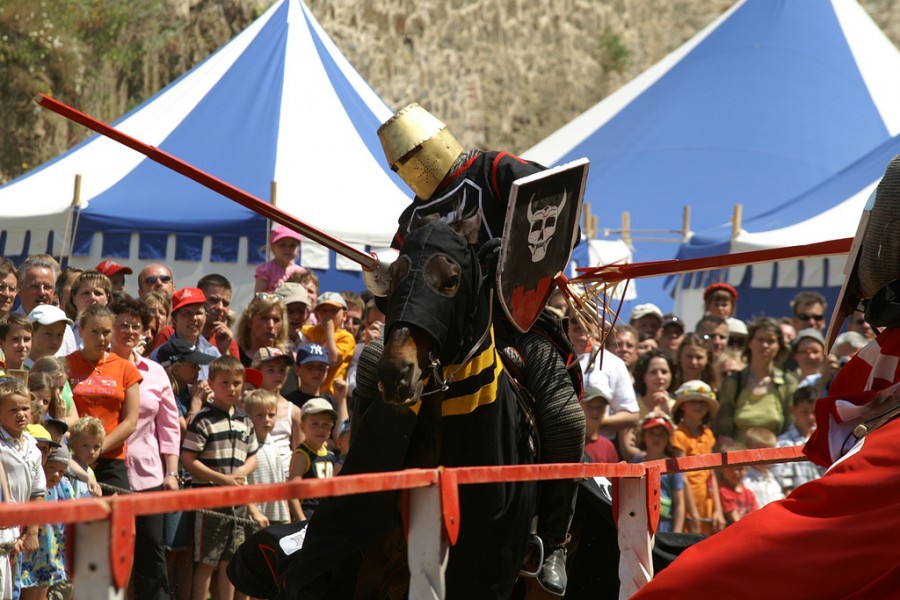Jousting is a popular sport in the medieval period. It made a comeback in the 70s with the help of theaters. In 1993, competition began and the first tournament was held in 1997. In 2012, it was aired on television, improving its popularity. Now, you might be interested about this sport so you need to know the basics.
Step 1: Positioning
First thing that you need to know and practice is the positioning. Lean your torso forward aggressively during the charge. Hold the lance at a 15 to 20 degree angle and aim at your opponent. Grip the lance nicely at your biceps. Bring up your shield at shoulder length angled at the opponent.
Step 2: The Quintain
The quintain teaches the player proper targeting, timing and speed in jousting. Targeting is very important to hit the opponent precisely. Timing also needs to be obtained and speed should be considered at the same time. You need to master everything first before you join a real match.
Step 3: Facing the Opponent
When you are all ready to face the opponent, remember to hold your lance at a 15 to 20 degree angle towards the foe. Brace for impact, also. In addition, be ready to take a hit safely.
Always remember that when competing, both players aim for one thing – to hit their opponent off the horse. You share the same aim and the same prize.
For strategies in jousting, defense is very important. Your primary objective is to keep defense at a maximum. One strategy is to wait for the foe to open range between you. While he is doing it, he is providing an opening at the lower part of his torso. Another strategy is once you see your foe opening range, do the same, and then charge the moment when range is wide enough to permit it.
In scoring the match, 1 point is counted for breaking a lance on the chest and between the saddle and helm of the opponent. 2 points is counted for breaking the helmet and the lance at the base and 3 points is counted for hitting the jousting opponent off of their horse.
The Rules
- Only nobles and knights can joust.
- The rider must have his own equipments as these may be lost after the battle including the horse.
- At the signal, riders shall gallop toward each other both on the right hand side of the dividing bar carrying only a shield and a lance.
- Unhorsing ends the match.
- If the lance is not broken, it is a glancing blow, and no points are counted unless the opponent falls down from the horse.
- Squires may only help a player once he falls from the horse. When the lance is broken, the squire can hand him another one and only the squire can talk to the knight when preparing for the next charge.
There you have it – some knowledge and skills in jousting. Now, you can bring out the medieval man in you.

[…] >>> Jousting: Handle a Lance Like a Knight […]